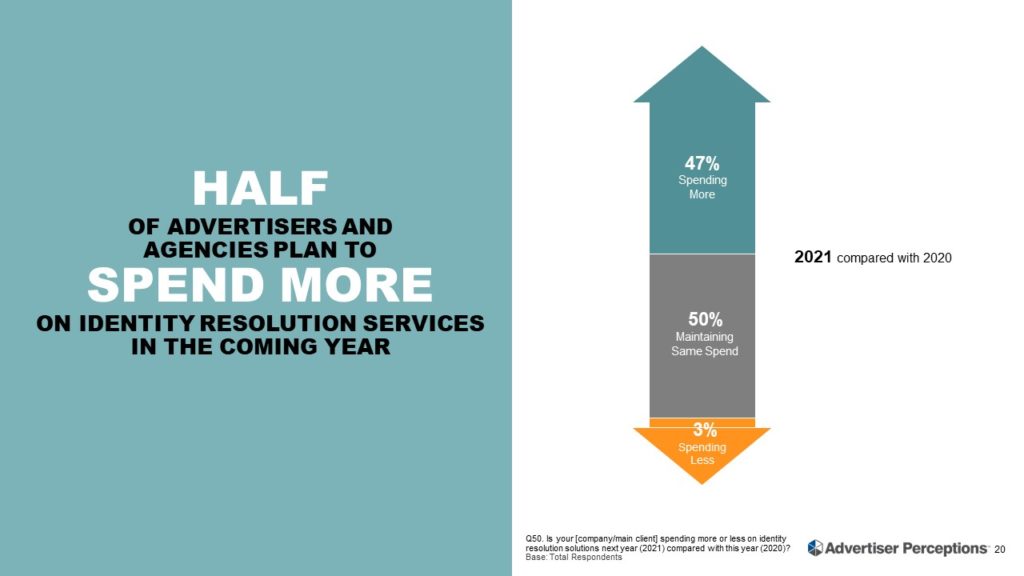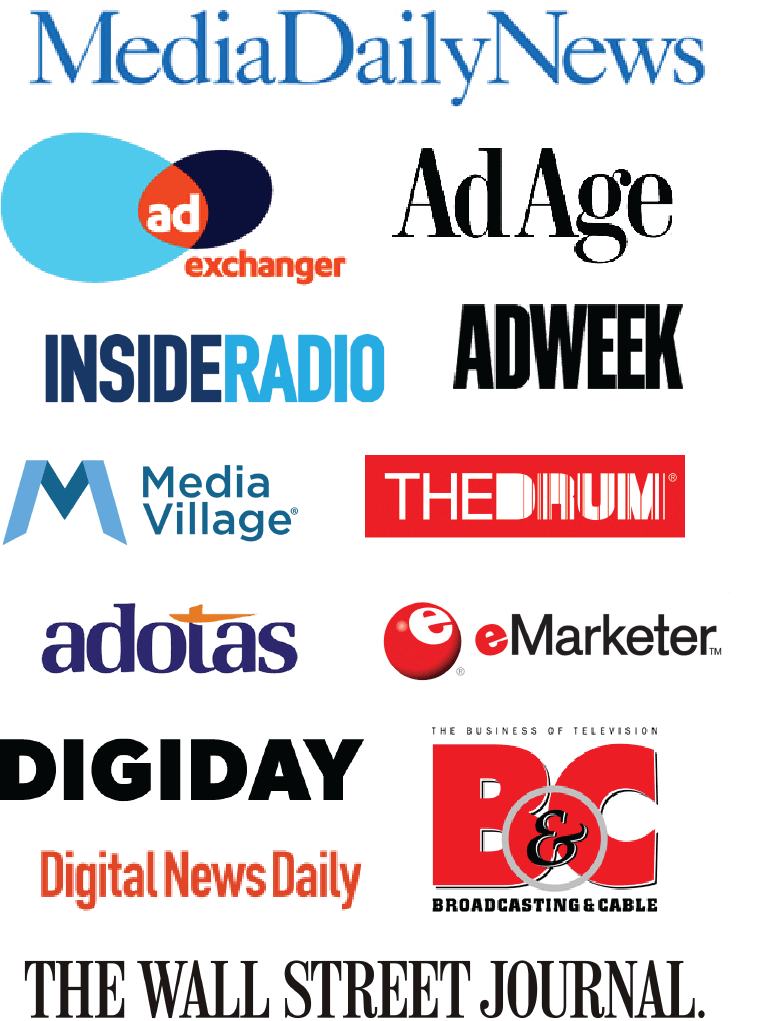As Apple readies to require iOS apps to ask users for permission to collect and share their data with advertisers, starting this Spring, advertisers’ windows into consumer behavior are narrowing fast. Only a minority of consumers are expected to opt-in to share their Identifier for Advertisers (IDFA), so advertisers must find new ways to target audiences and measure effectiveness across the iOS ecosystem.

Yet as the clock ticks down, more than half of advertisers are stuck in the starting gate, according to new research from Advertiser Perceptions. Although 88% of advertisers are aware of Apple’s impending privacy move, 52% of advertisers are still wrestling with what it may mean for their marketing.
Fuzzy vision. Only 35% of advertisers attest to a solid understanding of the key issues, emerging industry response and anticipated developments needed to address these upcoming changes. As a result, only 40% have begun to formulate alternatives strategies in response to changes to IDFA.
Budget shifts. In the absence of IDFA, a key identifier, more than half (58%) of advertisers expect to shift ad dollars from iOS into the other platforms – 43% will shift some, while 16% intend to move away most (or all) of their advertising budget. By contrast, 29% will keep their allocations and 12% will run more ads within iOS.
“Programmatic advertisers will shift some of their ad dollars to places where they still have an ability to target and measure their audiences as they’ve done in the past,” said Lauren Fisher, VP/Business Intelligence at Advertiser Perceptions. “That could mean connected TV (CTV), Android for now, and other parts of the web.”
Bidding volatility. Within iOS, ad bidding looks to get more competitive post-IDFA. Considering some consumers will opt-in to be served more relevant ads via ID tracking, some 36% of advertisers plan to bid more aggressively on iOS inventory, while 26% will keep their current strategies in effect. Some 22% will bid less aggressively, while 16% have no idea.
Beyond proxies. “Advertisers really need to make two shifts,” said Sarah Bolton, EVP/Business Intelligence at Advertiser Perceptions. “First, they will need to target context again, and plan more carefully where their brands appear. Second, they’re going to look more closely at business metrics rather than campaign metrics to evaluate success.”
Privacy momentum. While advertisers are sanguine about the professional impact of Apple’s move, most personally salute it. Professionally, 24% see it as negative while 25% are neutral and 35% say it’s positive (the rest are unsure). Personally, 59% favor the move, while 18% don’t and 23% aren’t sure how they feel.
“There’s a growing privacy-protective consciousness among advertisers – moving from what can we be collecting to what should we be collecting,” said Bolton. “The consensus is that there needs to be a better way. So, once they get going, we can expect advertisers to make a quicker transition to new practices than they have on past identity limitations.”
“There’s a clear need for ad tech to innovate now,” added Bolton. “Advertisers need to feel comfortable with their partners’ strategies moving forward. That’s an opportunity for leadership.”
Advertiser Perceptions interviewed 252 advertisers (40% marketer, 60% agency) from its propriety Ad Pros Community November 23rd to December 1st of 2020.

